Podcast: Play in new window | Download
Subscribe: Apple Podcasts | Email | TuneIn | RSS
This episode Megan & Milena explore African American rocket scientist, computer scientist, and mathematician Annie J. Easley & 19th century Boston miniature portrait painter Sarah Goodridge
Annie J. Easley
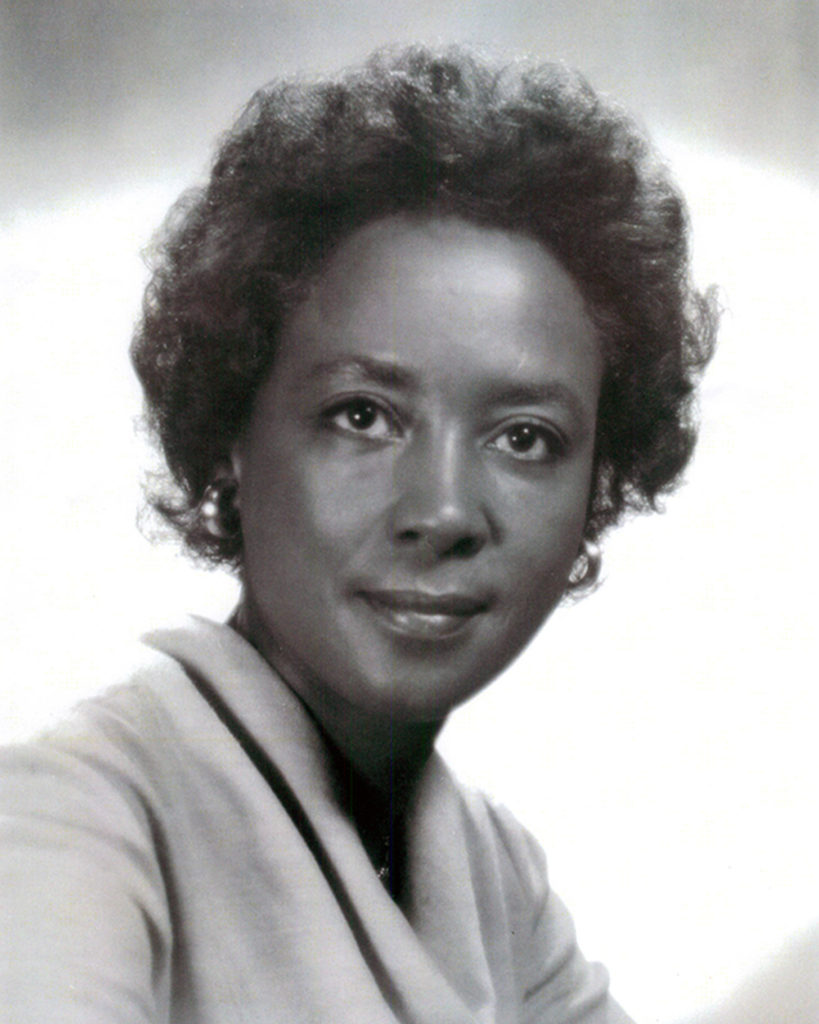
Annie Easley, a mathematician extraordinaire! We can’t do math, but ladies like Easley made space travel possible! In Episode 5, we cover her contribution to energy conservation, voting rights, equal opportunities, and getting rockets off into space!
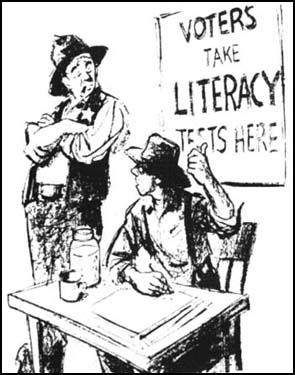
Found HERE
African Americans were given the right to vote, but had to break down barriers put in place by people in power in order to do so. The two biggest issues were that voters would need to pay a voting fee, and they would also need to pass a literacy test. Armed with some college education at the time, Easley took it upon herself to tutor others who were not fortunate enough to receive an education like hers so that they would be able to jump at least one of those hurdles.
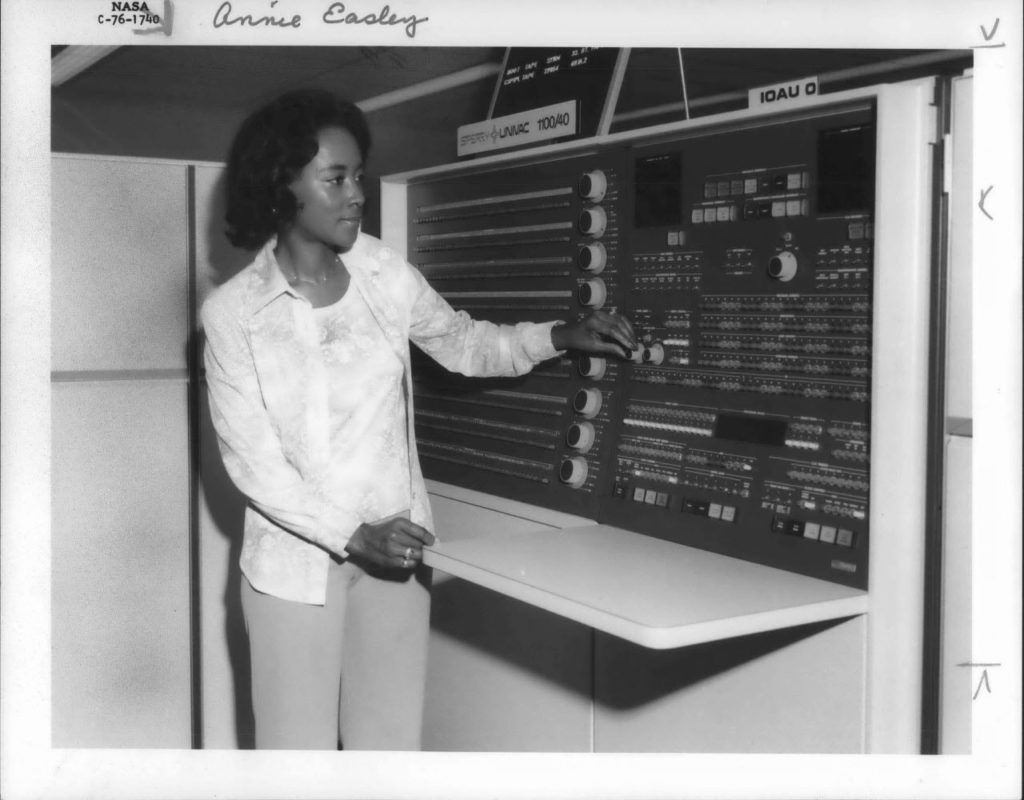
In 1955, Easley found her home at NASA as a human computer for the Glenn Research Center. There she would do calculations for projections and testing, learn and teach the new computing program called FORTRAN to current employees once it was being implemented into the administration, work on energy conservation and spacecraft software, and even act as an Equal Opportunity Counselor. She was at NASA for 34 years.

Here we have an illustration of the Centaur Propellant Utilization System. The Centaur rocket is used in many of the spacecrafts being sent out into space today, and utilizes liquid hydrogen and liquid oxygen as its propulsion fluid. Easley worked on the software that the Centaur rockets use.
Milena’s complete and utter lack of space knowledge not enough? Let fellow female creator and space flight historian, Amy Shira Teitel, tell you ALL about space. We are not, in any way, sponsored by her or anything affiliated with her. But you gotta recognize a super talented and intelligent lady when you see one.
SO CLICK ON IT! Vintage Space
Sarah Goodridge

Hailing from a small farming town in the early 1800’s, Sarah Goodridge was a miniature portrait painter catering to Boston’s wealthy upper class. Coming of age in the dawn of the American Industrial Revolution, she was able to financially secure herself as an artist, whereas women her age were often working 13-hour factory shifts. In this episode we learn the importance of a well-placed reed organ, how far one woman is willing to travel to personally deliver a very personal painting and how decades after a artist’s death people make a very pretty penny off of her work.
Expectations of New England Women
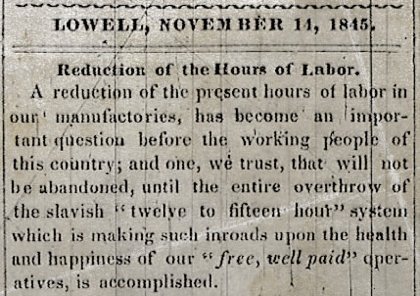
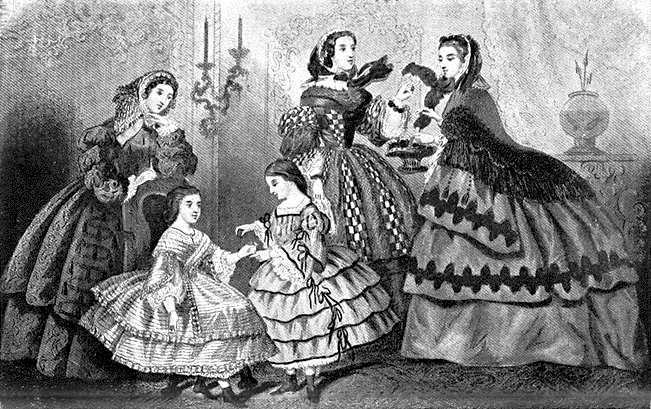
Selected Paintings
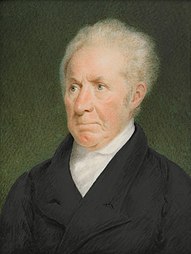
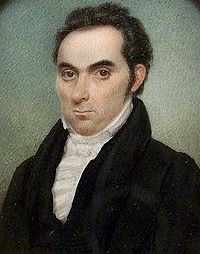
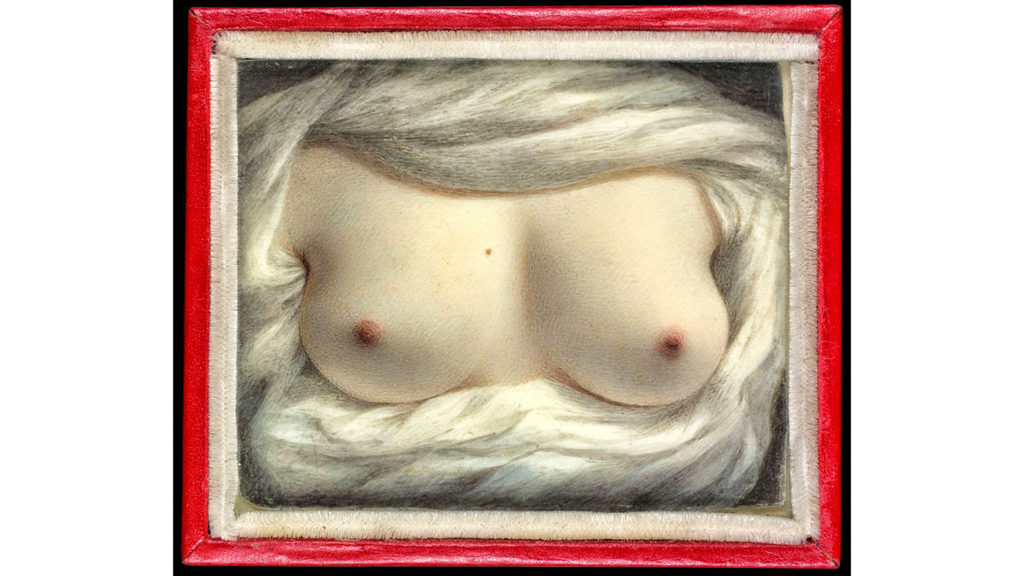
People mentioned:
- Elkanah Tisdale – the first professional Sarah took art instruction from
- Gilbert Stuart – Leading American portrait painter of the era, whose input spurred Sarah’s artistic growth
- Francis Lowell – The man who kicked off the American Industrial Revolution
- Female Labor Reform Association – First woman lead union, formed as a result of the Industrial Revolution
- Katherine Kelso Johnston – Mother to Mary Cassatt
- Asher Brown Durand – River school landscape painter and on of the best engravers in the USA
- Thomas Cole – Best friend of Asher Durand, considered founder of the Hudson River School
- Daniel Webster – Lawyer, congressman, senator & secretary of state, enthusiastic nationalist and business advocate during Jacksonian agrarianism (idea of rural, independent self sufficient farmers better than urban industrialized workers). Oh and possible lover to Sarah
- Eliza Goodridge – Younger sister to Sarah and also a miniature painter, however very little noted on her
As always, music by EeL

